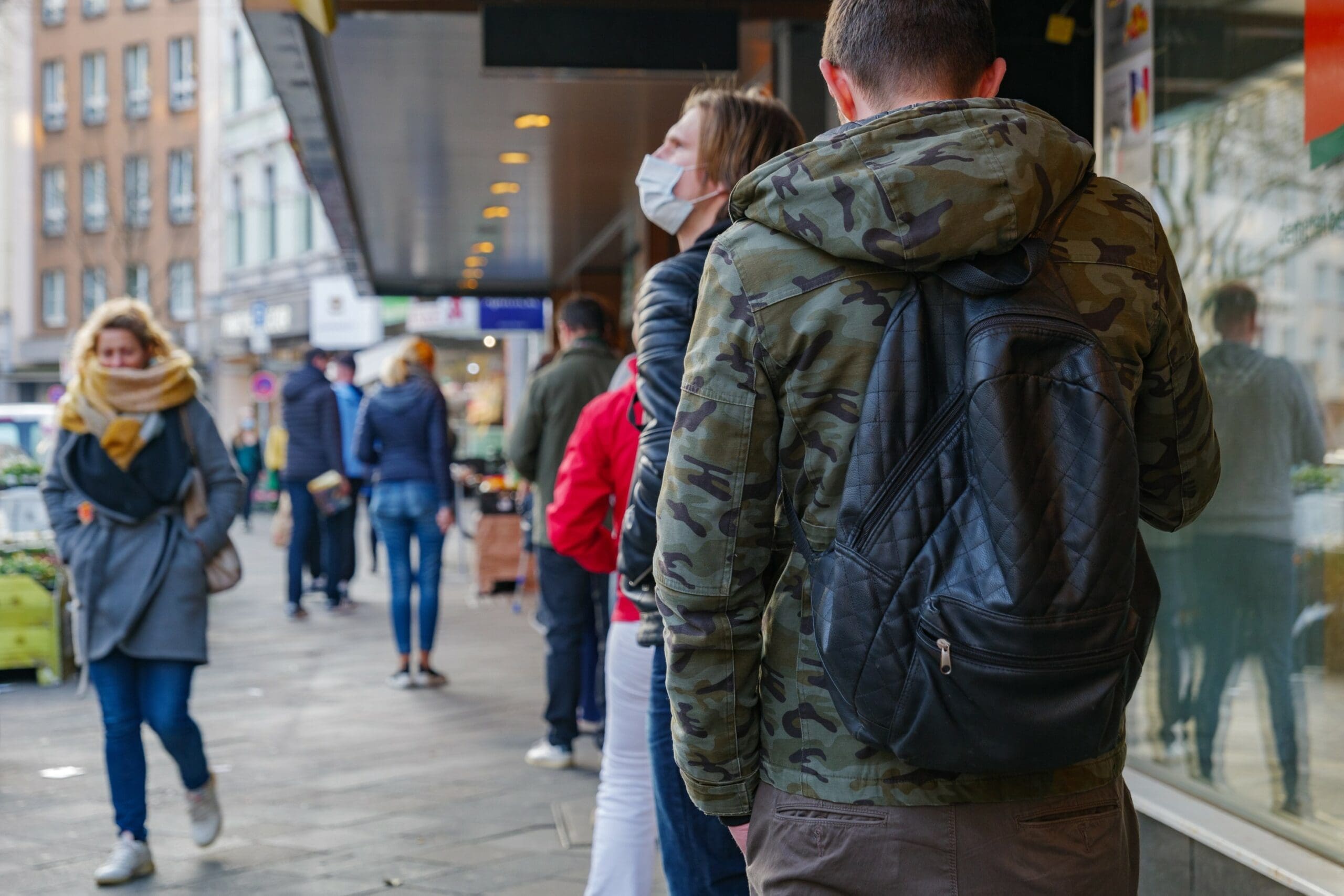With vaccination rates across Australia rapidly rising and the new year fast approaching, it is timely that we examine what everyday life could look like in the ‘new normal’.
Governments around Australia are currently making cautious moves towards lifting COVID-19 restrictions.
It’s important to highlight that COVID and new variants will be part of our lives for years to come and we must learn to live with it. However, at the time of writing the news from some countries is comforting. Denmark opened up on September 10 at about 85% of the eligible population vaccinated and not currently seen a surge in cases or hospitalisations. We’re doing incredibly well with vaccination rates in Australia and will end up being one of the highest immunised nations in the world.
Even so, when we begin to open up again, we shouldn’t be surprised if COVID cases surge, however it’s the hospitalisation rate that really matters. States which are at zero COVID, will have to steel themselves for a new reality when borders open. Thankfully the high vaccination rates in many parts of Australia will reduce the proportion of deaths and serious illness due to COVID relative to the number of cases. What people need to understand is that if cases climb to high levels, hospitalisations may rise significantly too.
What will life look like in the ‘new normal’?
QR codes: They are vital to the contract tracing effort and are likely to be in place for some time.
Lockdowns: Depending on the circumstances, there may be localised lockdowns and temporary school and office closures if the numbers of COVID cases in hospitals start to become alarming.
Quarantine in hotels: This is currently being discussed. Hotel quarantine will be a thing of the past for fully vaccinated Australian residents. Home quarantine will be required, initially for 7 days, then may be reduced to either a few days or based on the results of rapid antigen testing over a short period of time.
Isolating: Some authorities are already indicating that if a person becomes COVID positive then they will need to isolate for 7 days if they are double vaccinated and 14 days if they aren’t. This will be confirmed soon.
Masks and sanitiser: Masks are likely to be used in certain settings and circumstances for some time to come such as in hospitals and aged care homes. Many people are likely to continue wearing masks regardless of the rules. Sanitiser is here to stay.
Rapid antigen testing: This will be used extensively in the workplace and at home throughout 2022.
Flexible workplaces: Depending on the type of role, many workers are likely to attend their workplace 2 – 3 times a week, and work from home for the remainder of the week.
Telehealth and teleservices: COVID has fast tracked the high usage of these services throughout the community. Now that they have experienced the many benefits of these services, patients are likely to utilise these services to complement in-person appointments where they are offered.
Policy for unvaccinated people: Businesses will need to determine, if they haven’t already, what their policy is for unvaccinated people. This could include making these people take a rapid antigen test before entering the workplace or these people continuing to work from home.





